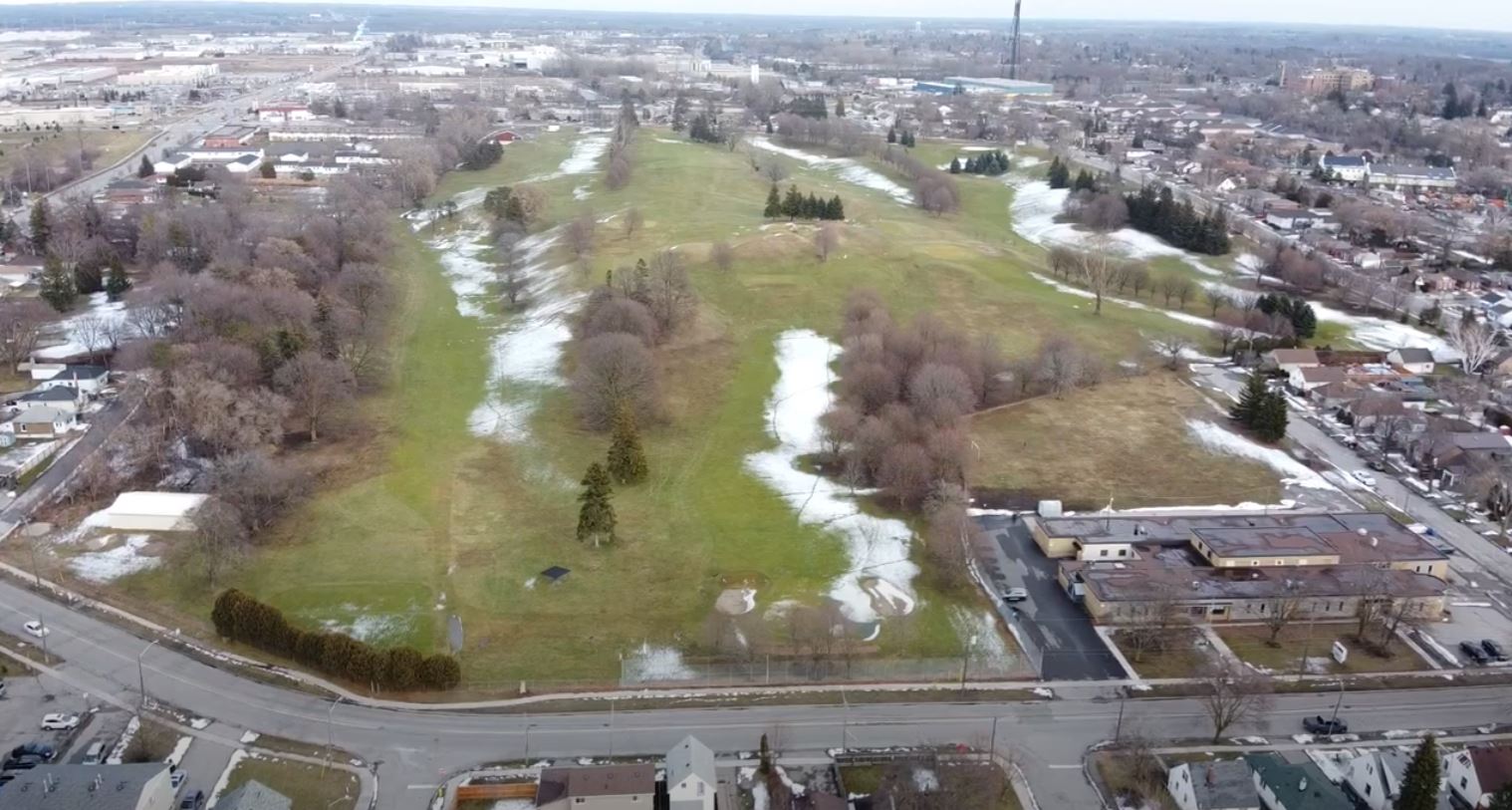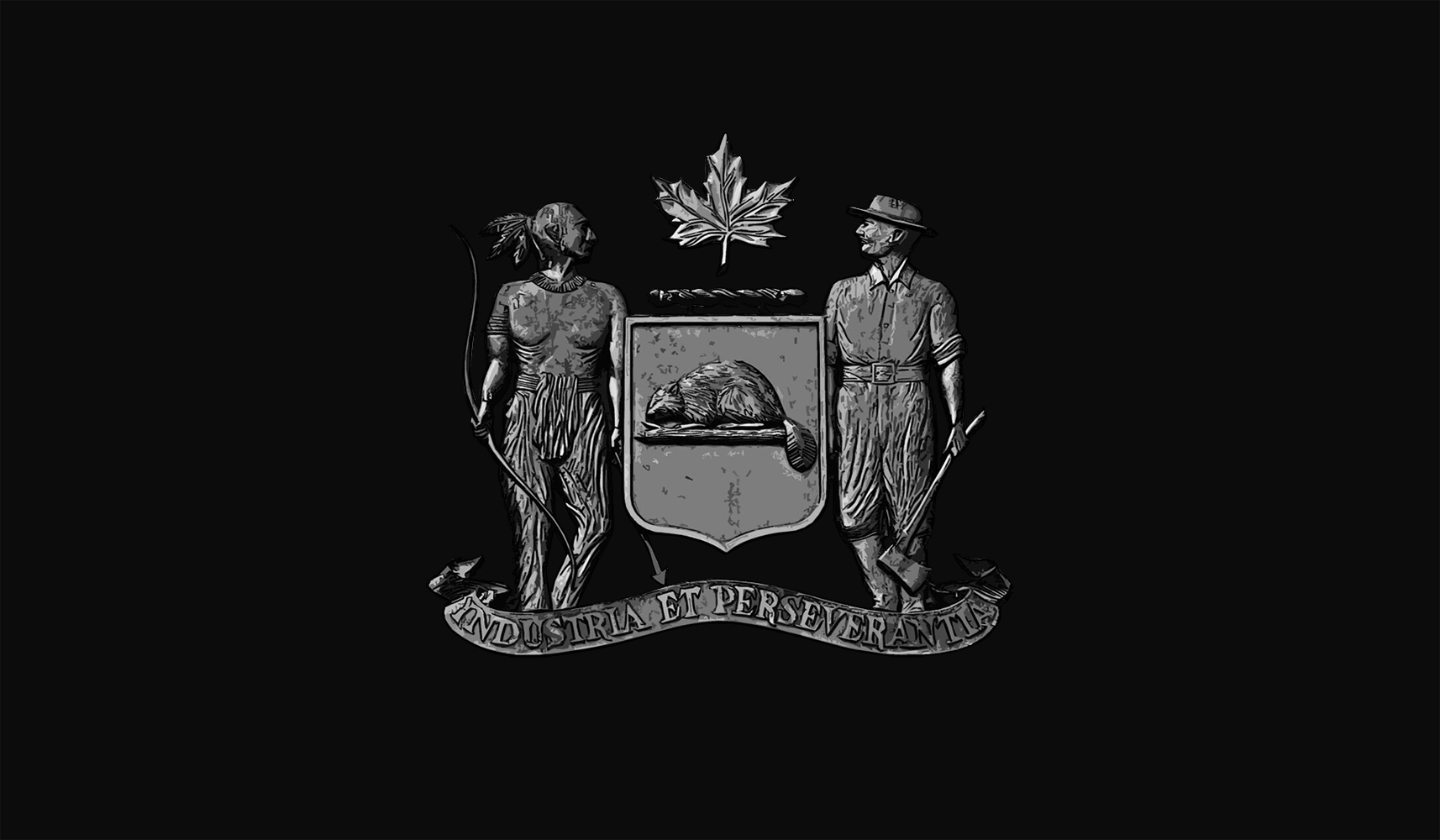Grand River Conservation Authority
GRCA NEWS
Thursday, Feb. 27, 2014
Release on receipt
After a cold and snowy winter, we could be facing a spring of high water.
The possibility of flooding in the Grand River system is the highest it’s been in years, according to flood control staff at the Grand River Conservation Authority.
Municipal flood co-ordinators were told recently that the snow pack is higher than it has been in about 30 years. Almost the entire river system is covered in ice, as is Lake Erie.
“The overall flood risk is high this spring,” Stephanie Shifflett, a GRCA water resources engineer, told the flood co-ordinators. “A rapid melt or a rapid melt in combination with rainfall will result in very high runoff, high river flows and break up river ice,” said Shifflett at the meeting held at the GRCA office in Cambridge.
The high volume of ice in the river system increases the risk of ice jams, she said. Ice jam flooding can result in a very quick rise in water levels which means there is sometimes little opportunity to issue flood warnings. Communities such as Grand Valley, West Montrose, New Hamburg, Ayr, Paris, Brantford, Cayuga and Dunnville are particularly prone to ice jam flooding.
A further complicating factor this year is the debris left behind by the December ice storm. As branches and trees are carried downstream, there is the chance that they will clog bridges and culverts, resulting in localized flooding.
The GRCA does regular surveys of the amount of snow on the ground at 12 locations throughout the watershed. This gives the flood engineers a good reading on how much water is contained in the snow.
This year, many of the snow survey locations are recording two or even three times as much water content in the snowpack as the long-term average. And there’s still several weeks of winter weather ahead before the spring melt.
Across the watershed the ground is already saturated with water as a result of the exceptionally wet year in 2013. Much of the ground is frozen. That means that when the spring melt starts, most of the water will run off into the river system rather than soak into the ground.
The ice cover on Lake Erie also raises the possibility of ice jam flooding in the Dunnville area. Typically, the snow and ice in the river system melts before the lake ice. Chunks of river ice can build up at river’s mouth at Port Maitland creating a jam that backs water up the river to Dunnville. That last occurred in February 2009, resulting in significant property damage. In the past, the County of Haldimand and the GRCA have called on the Canadian Coast Guard to send an ice breaker to clear a channel in the lake and river. That may be done again this year.
To prepare for the spring melt, the GRCA has been lowering the water levels in its reservoirs to create more storage space and allow the reservoirs to capture as much water as possible in order to reduce downstream flows. The reservoirs can sometimes cut flows by 50 per cent. However, there are limits to the amount of water they can hold, so sometimes it becomes necessary to release water from the reservoirs to protect the dams from overtopping.
GRCA staff are also keeping a close eye on weather conditions and testing the flood warning system to ensure that it’s working properly. Meetings have been held with municipal and emergency service personnel to ensure they’re ready for the spring melt.
In the event of a flood, the GRCA provides flood warnings to municipal flood co-ordinators and emergency services who then carry out the local flood response.
Residents can get flood warnings from local media, or directly from the GRCA website at www.grandriver.ca, the GRCA’s Twitter feed at @grca_flood_msg or through the GRCA’s email news service. Information on how to sign up for emails is in the Newsroom section of the website.
-30-









Comments are closed.